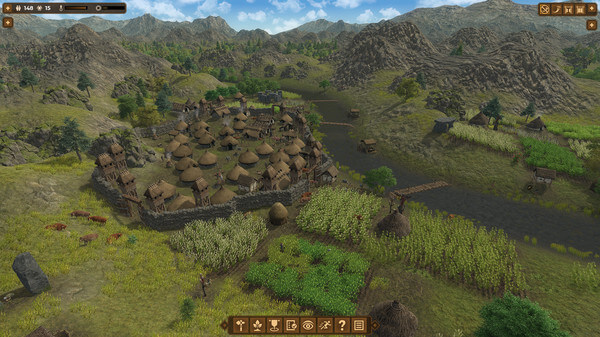


Prison Architect improved a lot during its time in Early Access and it was a wonderful privilege to be a part of the growth and development of the game. Instead, I found myself dumping hours into a game mode that involved me spending lots and lots and LOTS of time in solitary because I kept getting caught with tools, weapons, etc.
HELL ARCHITECT CHEATS HOW TO
Sure, I could sink more time into escape mode and try to learn the nuances of how to recruit a killer gang but, honestly, if I want a pixel art prison escape game I’ll just play The Escapists. I played a few hours across my various saved prisons and found that I build nearly escape proof prisons except for one flaw: it’s easiest to dash out an open gate. A rep system allows players to earn respect by winning fights and raising hell, and recruited inmates will assist you in your tunneling. In Escape Mode players assume the role of an inmate in one of their prisons and try to bust out. They did add Escape Mode but it, too, comes up short.

If they get compromised they usually end up dead. “Snitches get stitches” after all, so you need to keep an eye on your informants and make sure they don’t get overexposed. I would’ve liked to see more of that on display in the Prison Architect campaign.įor example, Prison Architect houses a prison informant system as part of your day-to-day activities. Prison Architect is a game capable of dizzying complexity. Particularly the final chapter, which is ultimately just another sandbox mode. The chapters take you through an intriguing story but the tasks given the player are too rudimentary. The campaign is so simple, so cookie-cutter, it feels far more like an extended tutorial than it does a fully realized game.
HELL ARCHITECT CHEATS FULL
My disappointment isn’t so much rooted in the game itself, but in what little there is for long time players in the full release. It takes the concept of constructing a prison to nearly every logical conclusion, and the emphasis on reform is a nice counterbalance to the ethical dilemma posed by gamifying one of the ongoing blights of American society. I’ve logged 293 hours (and counting) into Introversion’s prison management sim. I’m not some fly-by-night reviewer who slogged through eight hours and called it a day. In this sense the Prison Architect campaign mirrors Plato’s cave quite well, in that players would never know there is more to the game than what is presented to them.Ī bit about my time with Prison Architect. Until we do, we can never know that there is more to know about a thing and we miss out on the true experience. We’re not aware of the unknown unless we actively seek it out. Plato’s cave examines man’s inability to recognize that the unknown exists. "It is Plato's concept of a prison, rather than a commentary on any particular country's prison system.” "One of the things that I'm still not happy we've got quite right is that the prison in Prison Architect is not set in any time or in any place," Morris told iDigitalTimes. Morris likened the concept of his game to Plato’s The Republic, which contained the famous Allegory of the Cave. In May 2015, iDigitalTimes’ Scott Craft sat down with Prison Architect producer Mark Morris and discussed the path of Prison Architect and the Prison Architect campaign.


 0 kommentar(er)
0 kommentar(er)
